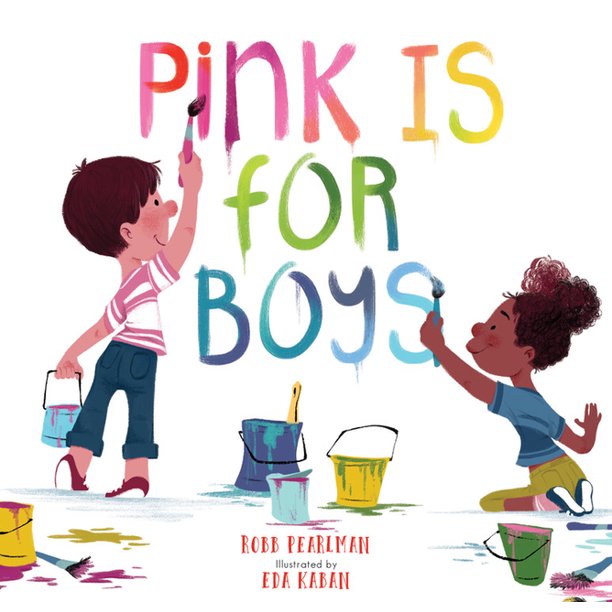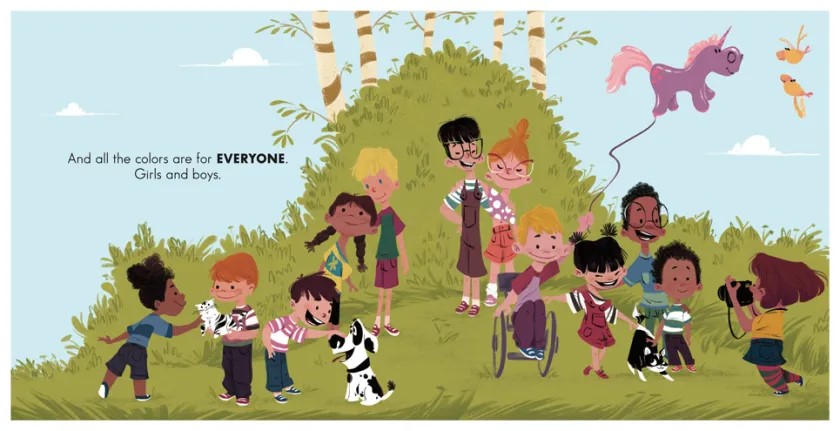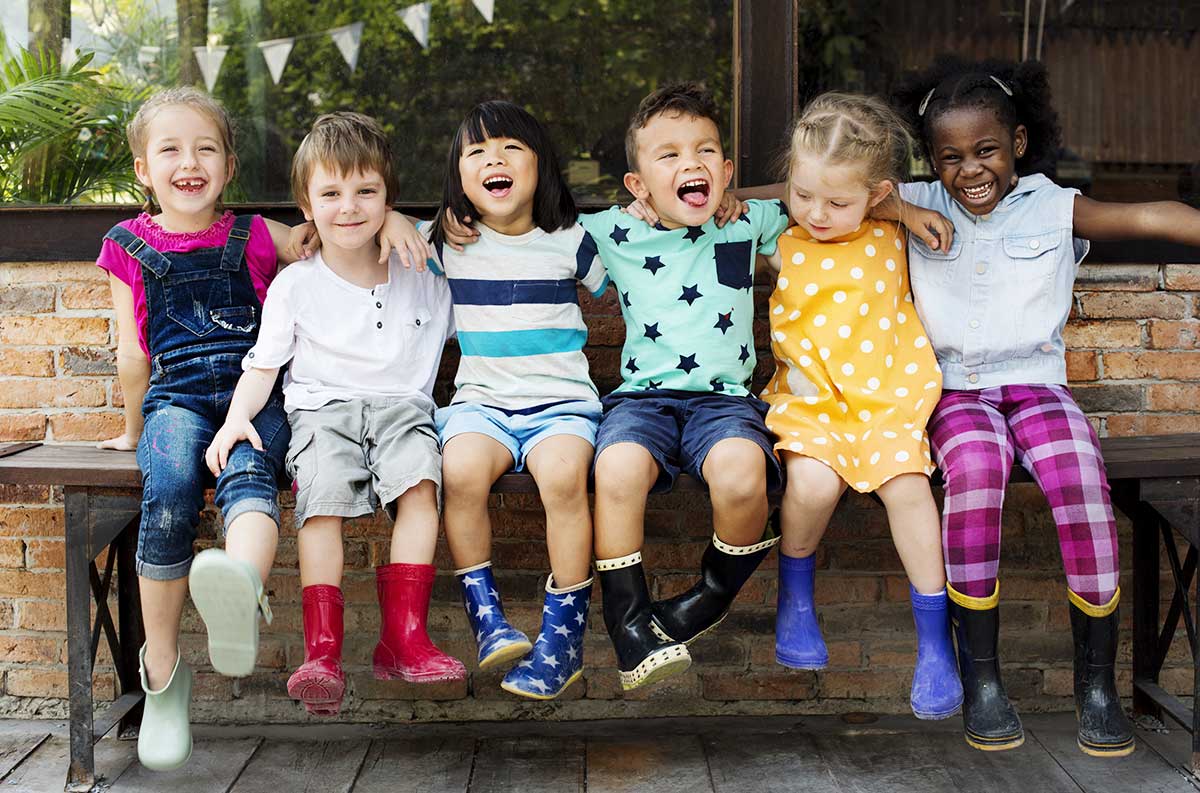
Inclusive Children's Book Teaching Guide
Pink is for Boys
What is this book about?
Pink is for boys . . . and girls . . . and everyone! This timely picture book rethinks and reframes the stereotypical blue/pink gender binary and empowers kids and their grown-ups to express themselves in every color of the rainbow.
Featuring a diverse group of relatable characters, Pink Is for Boys invites and encourages girls and boys to enjoy what they love to do, whether it’s racing cars and playing baseball or loving unicorns and dressing up.
Vibrant illustrations help children learn and identify the myriad colors that surround them every day, from the orange of a popsicle and the green of a grassy field to the wonder of a multicolored rainbow.
Parents and children will delight in Robb Pearlman’s sweet, simple script and the book's powerful message that life is not color-coded.
Who is depicted in this book?
- Children who transcend gender stereotypes
What early childhood themes and concepts does this book explore?
- Colors and the different places we see them
- Cooperative or interactive play activities in a variety of contexts
How does this book support anti-bias education?
Pink is for Boys shares how anyone can explore, wear or enjoy any color and illustrates some of the colors that exist in our world. Each page features diverse groups of children enjoying activities that include all genders—such as playing with unicorn balloons or sharing a game of baseball. The book can be used to support discussions that build confidence, foster self-awareness, and encourage children to find joy in human diversity.
Depending on how the book is shared or used—and the developmental level of the children—the images and text may be used to support the following core goals from the book, Anti-Bias Education for Young Children and Ourselves:
Identity—Teachers will nurture each child’s construction of knowledgeable and confident personal and social identities so that children will demonstrate self-awareness, confidence, family pride, and positive social identities.
Diversity—Teachers will promote each child’s comfortable, empathetic interactions with people from diverse backgrounds so that children will express comfort and joy with human diversity, use accurate language for human differences, and form deep, caring connections across all dimensions of human diversity.
How can this book be used to meet early childhood learning standards?
For all ages
Use Pink is for Boys to meet early childhood literacy standards >
For children from birth to age three
Teaching suggestion: Point out play through action words such as jump, ride, share, and fly, as well as familiar settings in the book that the youngest children can react to, point at, or name.
What Illinois Early Learning Guideline does this meet for children from birth to age three?
Developmental DomainLanguage Development, Communication and Literacy
Standard: Expressive CommunicationChildren demonstrate the ability to understand and convey thoughts through both nonverbal and verbal expression.
Indicators for children:
- Begins to use telegraphic speech, such as “kids play” (16–24 months)
- Begins to use pronouns and prepositions (21–36 months)
For preschoolers (ages three to five)
Teaching suggestion: Through conversation, connect the book to the ways that children play together by describing the familiar places, things and events (as well as pretend play) that are featured in the book.
What Illinois Early Learning and Development Standards does this meet for preschoolers?
Language Arts Standard1CUse language to convey information and ideas.
Benchmark 1.C.ECa:
Describe familiar people, places, things, and events and, with teacher assistance, provide additional detail.
Teaching suggestion: Talk about how people sometimes say that certain colors are only for certain people—and why they might believe this. Discuss how we can show respect and support for one another’s choices and preferences.
What Illinois Early Learning and Development Standards does this meet for preschoolers?
Social/Emotional Development Standard31ADevelop positive relationships with peers and adults.
Benchmark 31.A.ECb:
Recognize the feelings and perspectives of others.
Benchmark 31.A.ECe:
Develop positive relationships with peers.
See inside this book.

What other resources are available?
Read an interview with the author on the Pride and Less Prejudice website.
Visit the author’s website.
